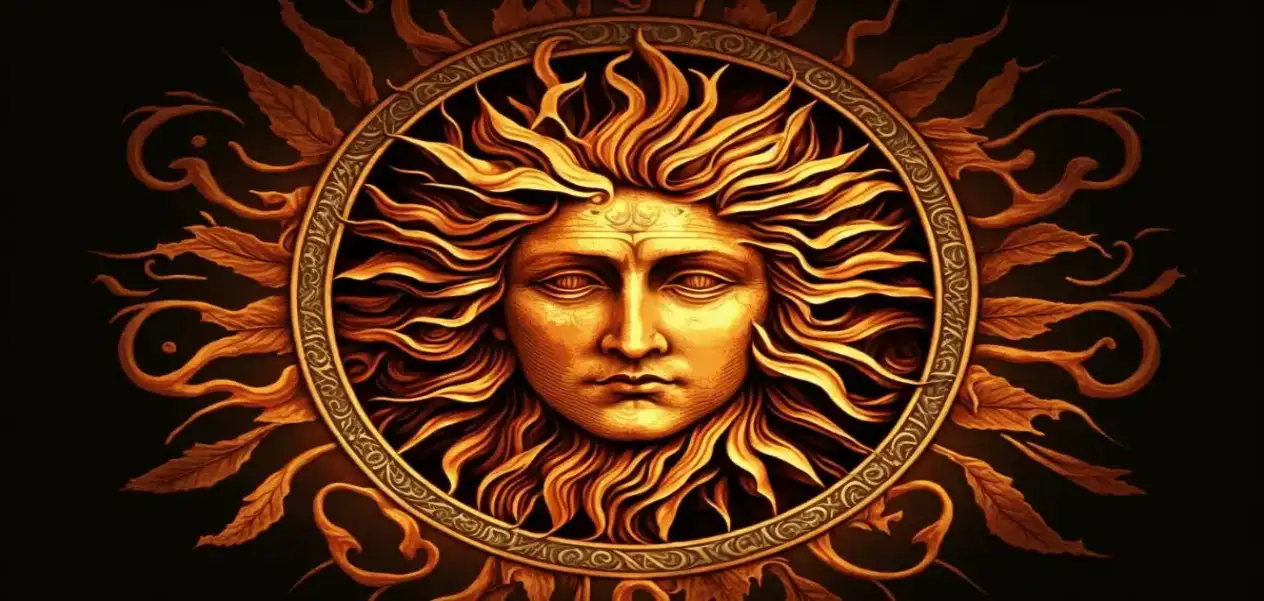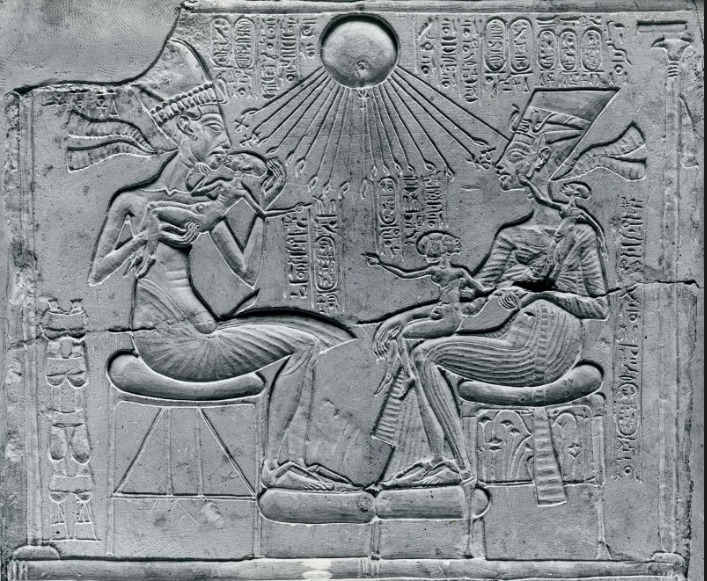
Manjit Thakur
Chhath Puja, the iconic festival of sun worship with its origin in eastern India – Bihar, UP, Chattisgarh - has since spread to all parts of the country due to migration and the popularity of the idea of the Sun being the source of life on earth.
However, the Sun God is not only worshiped by Indians; many other cultures and religions also worship the Sun in their special ways. Historically, some cultures believed in sacrifices, and others constructed sun temples in honour of the giver of life to the earth.
The Incas of Peru, the Nabateans of ancient Jordan, and the Shintoism of Japan are some of the cultures that worshipped the Sun.

An Indian woman worshipping Sun during Chatta Puja
The Nabateans even built a city named Petra in Jordan in honour of the Sun. One of the most important gods for the Inca civilization in South America was the Sun God. Much of Inca architecture was designed and built for the worship of the Sun. In this, pillars have been built at different places to mark the position of the Sun (solstice).
Solstice or Solstice is the day of the year on which sunlight falls on the Earth for the longest time. That means the longest day of the year is called summer solstice (21st or 22nd June).
Inti Ramayi is the Inca civilization's annual festival of the Sun, which occurs on the summer solstice and is still celebrated these days with drinking, singing, and dancing.
The worship of the Nabataean people also focused on the Sun. One of their deities, Dushara, symbolized the sun, daytime and mountains. And Dushara was worshiped from the roofs of the temple. Even after Rome captured Nabatea, this deity was present on local coins. Evidence suggests that several temples or similar sacred structures associated with the equinoxes and solstices were built in the famous Nabataean city of Petra in Jordan around 400 BC.
.jpeg)
Inca sun God
In Shintoism, there is a sun goddess named Amaterasu, who is the most important deity of the sect and rules over the high heavenly plains. A famous myth is about how Amaterasu locked herself in a cave after an argument with another deity. According to Japanese folklore, upon Amaterasu's disappearance, the world was plunged into complete darkness. The sunlight did not return until she came out of the cave. It is believed that the current Emperor of Japan is a descendant of the same goddess Amaterasu.
However, historians still do not fully understand the religious beliefs of the people of the Neolithic period. But their megalithic structures, such as Stonehenge in England (3000 BC) and Newgrange in Ireland (3200 BC), are evidence of the importance of the Sun in their communities.
.jpeg)
Nabataean Tombs of Petra
Newgrange, for example, was constructed so that on the days before and after the winter solstice, sunlight would come in through the passage's entrance. There is also a theory that Neolithic cultures considered the winter solstice (Sankranti in India) as a symbol of the victory of life.
Sun worship Sun worship originated in Atonism in Egypt in the 14th century BC.
However, sun worship has often been used by Christian historians as a term for a 'pagan' religion. Although almost every culture has depicted solar symbols, only a few cultures (Egyptian, Indo-European, and Meso-American) developed a solar religion.

King Akhenaton and Queen Nefertiti of ancient Egypt
The special similarity is that in all these places there was a practice of considering the divine principle of the state i.e. the king as God. In all of them, Surya is imagined as the ruler of both the upper and lower worlds.
.jpeg)
Inca gold coin designed in the form of Sun
In medieval Iran, the Sun Festival was celebrated as a legacy of pre-Islamic times. The Indo-European character of sun worship is also seen in the concept of the solar deity. We usually see the Sun God on a chariot drawn by white horses. In the Indo-Iranian, Greco-Roman, and Scandinavian traditions, the Sun God rides on a chariot with horses; in India, the number of horses is seven, but in other places, only four horses are harnessed to the chariot.
ALSO READ: The Shami moments at Wankhede when Indians rose as one to seek glory
Sun worship increased in importance late in Roman history and eventually became known as 'solar monotheism'. Almost all the gods of that period had solar qualities, and both Christ and Mithra possessed the qualities of solar gods. The festival of Sol Invictus (Unconquered Sun) was celebrated with great joy on 25 December and eventually, Christians started celebrating this date as Christmas, the birthday of Jesus Christ.
